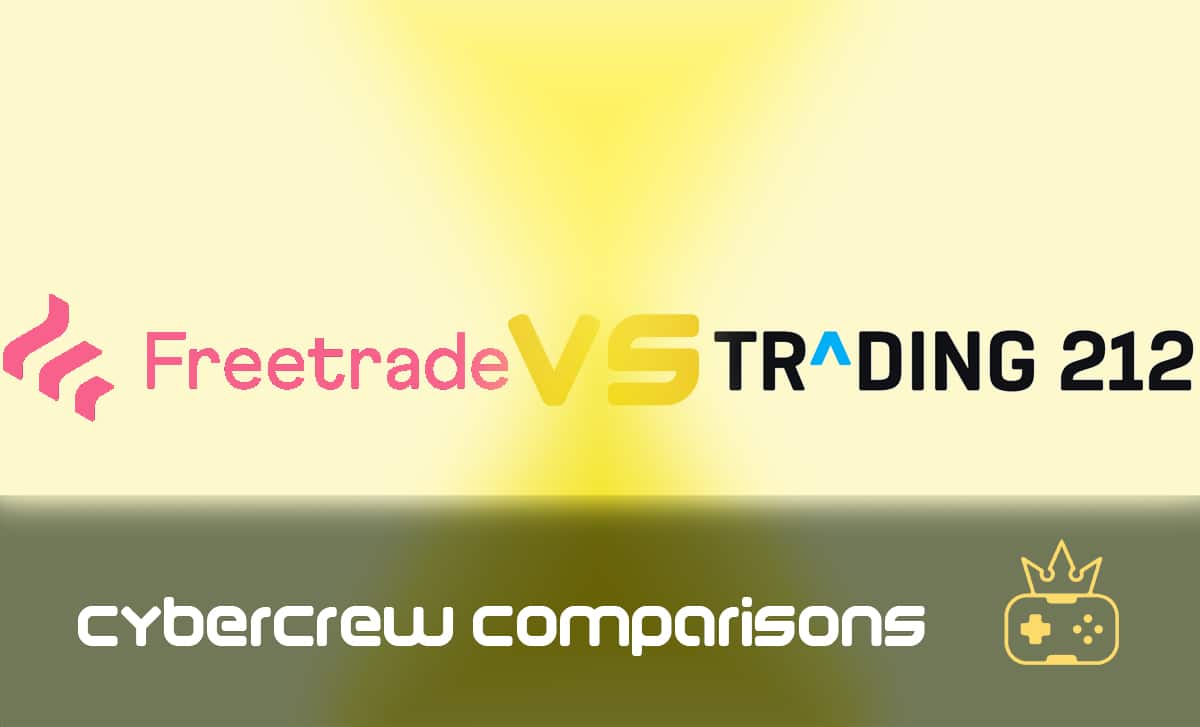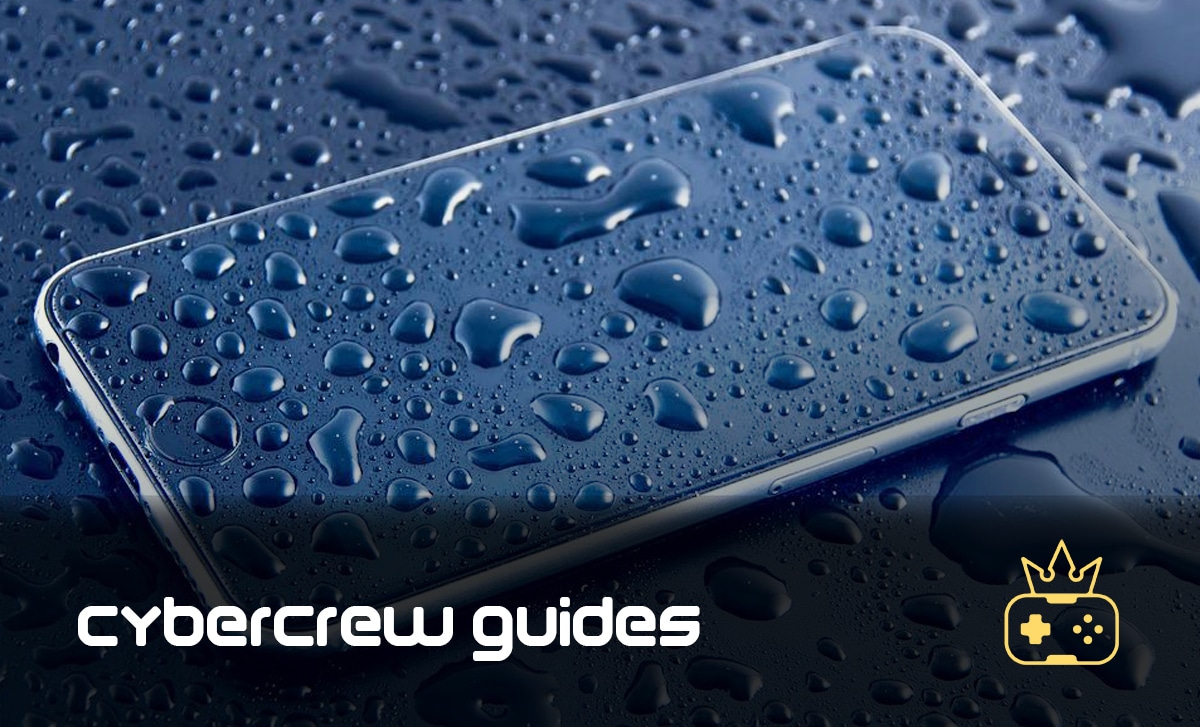What Are NFTs and Why Do You Need One?
Last Updated: February 9, 2024
Has yet another night out with the gang turned into a heated discussion about NFTs? You sit in the corner, sulkily reminiscing the days when Netflix series and the dynamics between zodiac signs made the bulk of the conversation?
Well, cheer up! We’ve put in the hours and broke down the essentials of NFTs for you. Call it an NFT digest, if you will. Interested? Get to it!
We’ll go through:
- The definition of NFTs
- The technology that makes them possible
- How to make and sell them
- Where and why to buy them
- The controversy surrounding them
So, first things first.
What are NFTs? What is an NFT? What does NFT even mean?
NFTs or non-fungible tokens are digital files rendered unique and immortalised on a cryptocurrency’s blockchain. Ethereum’s, mostly, for now.
Take any sort of a file that comes to mind, just anything you can represent as a bunch of zeros and ones. This digital artefact can be minted into an NFT and then added as a separate block to the blockchain.
NFTs have burst in popularity after Beeple sold 13 years worth of his works for $69 million in a Christie’s auction. The sum was, of course, paid in cryptocurrency.
Now, this was in May of 2021, some four years after the technological underpinnings for these digital tokens were laid. And the hype seems to go on. Is it really hype, though? Or are we at the beginning of the modern civilisation’s new outlook on art, technology, and ownership?
By reading this little explainer, you’ll get to form your own opinion.
Is Bitcoin an NFT, then? Are all cryptocurrencies NFTs?
No, Bitcoin is not an NFT. Neither is Ethereum nor is any other coin.
Because most of them are stored in blocks on Ethereum’s blockchain, NFTs are often misunderstood as something inextricable from Ethereum. But it is the underlying blockchain technology that keeps both cryptocurrencies and NFTs possible.
So here’s the key difference: Crypto is interchangeable. NFTs are unique.
That’s the idea behind the economic term fungible. When something is fungible, it can be exchanged for something of the same sort.
You replace a pound for a pound or two fifty pence coins — nothing lost there. Same with cryptocurrencies — you change one BTC for 100 million Satoshis (Bitcoin’s sub-units), and you’re just where you started from.
How do these blockchains work, anyway?
The first blockchain, Bitcoin’s, was introduced for the purpose of making a financial system where no single institution would oversee and regulate the exchange of information and funds.
Centralised authority was forgone by a network of computers constantly mining — solving mathematical problems to verify new transactions. Once verified, a transaction is recorded within a block that is then added to a chain. A blockchain. The blockchain.
The reward computers get for keeping the blockchain accurate are the fees charged to users for making a new transaction. And so, for about a decade now, this immutable and open scoreboard has kept growing.
Many followed Bitcoin, and many still do — new cryptocurrencies spring up every day.
But some coins, like Bitcoin and Ether, get celebrity status for constantly advancing the concept. Namely, it was in 2017 that Ethereum’s ERC-721 standard, for the first time, allowed storing digital files on a blockchain. And so NFTs were born.
So, how do you make an NFT? Can anyone make an NFT?
Someone who died 200 years ago can’t. Someone living in a Buddhist monastery also probably can’t. Not totally sure about the connection up there on the Himalayas.
As for those who have a trusty computer or smart device, a steady internet connection, and just the digital file they’d like to sell for crypto — it can be done.
Now note I didn’t say it’s easy to do. There are a few hurdles, transaction and minting fees being the biggest. However, hurdles should all be the same size. Okay, put it another way — there are impediments.
Here’s how to make and sell an NFT:
- Register with a cryptocurrency wallet in order to pay your online gallery for exhibiting your art. If you plan on collecting NFTs, choosing an NFT-compatible wallet hits two with one blow.
- Buy cryptocurrency using cards or whichever method the crypto wallet accepts.
- Sign up with an NFT gallery, NFT platform, whatever you want to call it… You’ll be connecting this gallery account to your crypto wallet, the one set up before.
- Finally, upload your art. Checking NFT galleries for differences, not only in pricing but in the inevitable file size limitations, is most advisable.
- Once you upload your file, set pricing details. What’s the price of your piece? Would you rather auction it? What if the buyer resells it? Do you get a percentage? All this you have to specify before putting it up for sale.
- Lastly, pay fees to the NFT host you’ve chosen using the crypto wallet connected to it. You’ll pay for posting your NFT, but also to actually mint it. If it changes hands, you’ll give up a portion of your profit, too.
So, calculate cautiously. Make sure you’ve valued your art high enough for it to be profitable and low enough so as many individuals can afford it.
Who uses NFTs?
The reasons are varied. NFTs are most important to:
- Artists who see the biggest use for them — copyrighting their work, selling it online, even earning a commission from every resale.
- Online marketplaces, which take a cut from each sale.
- Cryptocurrency pioneers, who were visionary enough to acquire Bitcoin or Ethereum before they surged, and now look for ways to spend their crypto riches.
- Companies that link NFTs to their products, like Nike did, or make NFTs the very product, like the NBA setting up an online store of NFT video highlights.
How do you make money with NFTs?
From the artist’s point of view, you make your NFT as broadly available as possible. Research the market, cover more than one NFT marketplace, perhaps even advertise your art, and watch what happens.
From a trader’s point of view, you make money by buying NFTs for little and selling them for a lot. Or by buying them for a lot and selling for even more. Many people have done it. It’s mostly a matter of a good business instinct.
How do they gain value?
The ones that were minted early on may be appreciated more with time, at least by the nostalgics of the coming centuries. But, sure, the entire concept might just die down or stay as influential as, say, stamp collecting.
But bear with me for a moment. There are thousands of people around the globe who appreciate a particular rare stamp, coin, or music album. Some pay big money for it.
Does someone being cynical about NFTs decrease the value of this, albeit digital, object? Not likely. The value is determined by the money someone is willing to pay for one. Just ask Beeple. That’s just how humans look at scarce original objects, digital or not.
Are NFTs here to stay?
If you ask hard-core proponents, NFTs are to play a very broad role. They see these digital tokens linked to cars, houses, and other earthly possessions, further digitising our life.
Fridges, garages, watches — everything is getting smarter. There’s no denying it. So if NFTs become an integral part of the continuous advancement of everyday objects, hey — they’ll stay.
Could NFTs perhaps revolutionise art collecting?
Not anytime soon, according to true NFT believers. They see a lot of crooks among people converging in online markets. These opportunists sinisterly promote themselves as purveyors of fine art while really looking to cash out on others’ naivete.
But it’s not that grey.
Yes, many have gathered only to get a feel of the budding market, not personally backing up NFTs. Yet, the number of honest supporters seems to be on the rise — supporters of both individual artists and NFTs as a concept.
Many journalists, artists, art historians and gallery managers really believe that digital art is getting its long-deserved fair treatment through NFTs. Why? Because non-fungible tokens finally allow for a digital file to be provably original.
Why are NFTs controversial?
From a certain perspective, NFTs have the same role expensive designer bags and shoes have to those who can afford them — the role of a status symbol. Nothing yells “I am rich in crypto” as loud as a $69 million purchase of a digital painting in crypto.
Though the internet is largely free of status signalling, NFTs seem to open up new pathways to anyone looking for a way to digitise their snobbery.
But there’s another, more dire, source of controversy around NFTs. It comes from their ecological influence.
What’s this eco commotion all about?
Computers that mine cryptocurrencies in the still predominant PoW (proof of work) model spend huge amounts of electricity that we still largely get by burning coal.
Though the vast amounts of energy that blockchains consume make for but a fraction of the modern world’s air pollution, it makes eco-friendly crypto enthusiasts uneasy. Understandably so.
So what’s left of the global cryptocurrency endeavour, besides the beginnings of decentralised finance, then? A complex ecological riddle.
Exactly how much are NFTs to blame for polluting?
Certainly not as much as blockchains.
Whether empty or home to freshly minted NFTs, new blocks in the chain will always have a great legacy of CO2 trapped in the air. They are regularly mined, about five each minute. At least for now.
Oh, and even if the computers used for mining get better and better with time, the very design of PoW blockchains makes the puzzles more and more complex to solve.
So, is the backlash against NFTs justified?
I’d say it amounts to criticising drivers of pimped-up old VW vans for the entire petrol industry’s pollution.
That’s not saying NFTs won’t become a more significant threat to the environment. Any increase in demand (and therefore in price) will undoubtedly up the efforts of Ethereum miners, also upping electricity consumption and, consequently, CO2 pollution.
Is there any hope for us?
Since 2019, there’s talk of a greener Ethereum blockchain — one that’d be taking only 0.05% of its current energy consumption.
But this is an engineering feat and requires an entirely different blockchain model — the so-called PoS (proof of stake) model, where not every computer in the network needs to verify freshly mined blocks.
How does PoS work?
With PoS, not every computer needs to solve the puzzle. Instead, randomly chosen computers of the network are asked to check the content of the latest blocks and vouch for their validity. At stake — the vouching computer’s cryptocurrency.
That way, the PoS model allows for a transparent digital ledger that a blockchain is envisioned to be while consuming less than 1% of its current energy draw.
Why aren’t we funding this?
It’s not that we’re not. Some cryptocurrencies, like Flow, already employ the PoS model that Etherium is aiming to adopt and advance. And NBA Top Shot sells memorable game moments as NFTs on Flow’s blockchain.
Decentralised and highly secure, Ethereum’s lean PoS network should save hundreds of thousands of kilowatt-hours otherwise spent monthly on mining. The guarantee of each new block’s validity will be found in the vastness of the Ethereum network.
Wrap Up
Well, that’s pretty much what NFTs are and where they are headed. Worth millions to some and next to nothing to others. We firmly believe that these digital tokens will stay in the limelight for a while, having acknowledged the multitude of roles they can play.
But, until the day they prove to be indispensable, we definitely won’t be adventurous enough to invest in non-fungible tokens that hold no personal value. So, call us boring or sentimental; that’s just our position. What’s yours?
FAQ
The possibilities are endless. At least, that’s what NFT proponents argue. NFTs open the path to actually owning something digital in this day and age. Of things that gathered the most attention are digital works of art.
An array of online marketplaces specialises in trading NFTs. OpenSea, Nifty Gateway, and Rarible gained the most traction, but this is far from a complete list.
The creation process for non-fungible tokens is called minting. It consists of the author signing up with an NFT platform and posting their art, using a cryptocurrency wallet to cover all the included fees.
If its uniqueness is important to you, you can just enjoy having it stored in an NFT-compatible crypto wallet or on a hard drive. You can also resell it. For a profit, at times. If careless, you can even lose it with the password to your wallet or have it stolen by hackers.
Buying NFTs usually requires a crypto wallet that can store these tokens. Therefore, you’ll often need some ETH, BTC, or other cryptocurrencies in order to buy the NFT of your choice.
As for selling, you’ll first set up a profile with an NFT gallery, pay minting, transfer, and sale fees and lastly, put it up for sale or auction.
Yes. Binance has merged NFT platform and cryptocurrency wallet functionalities. A literal crypto-art gallery it has become. You also get the possibility to buy NFTs for cash, avoiding the cash-to-crypto-then-crypto-to-NFT sidesteps.



![How to Sell on Depop in the UK [2024 Guide]](https://cybercrew.uk/wp-content/uploads/2023/06/Selling-on-Depop-UK.png)






